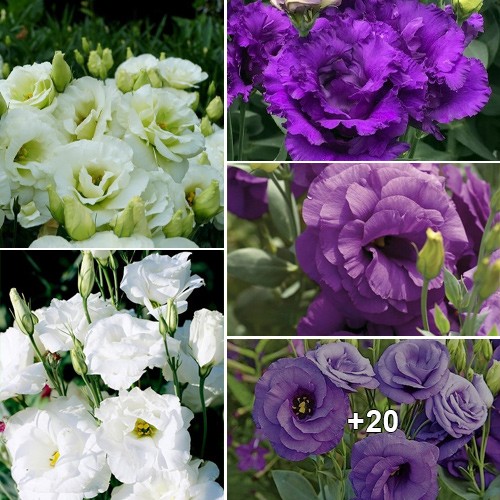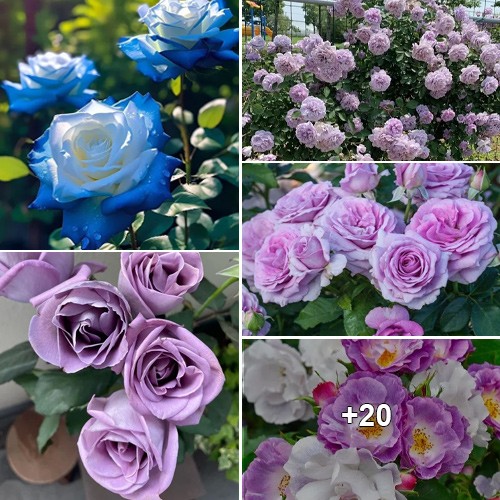Sunflowers are a sight to behold, with their vibrant golden petals and tall, statuesque stems. These magnificent plants, scientifically known as Helianthus annuus, have captured the hearts of people around the world. Whether standing tall in fields, adorning gardens, or gracing floral arrangements, sunflowers always bring a sense of joy and admiration.

Sunflowers have a long history dating back thousands of years, and are native to North and Central America. They were first cultivated by indigenous peoples for their seeds, which were an important food source. In the 16th century, sunflowers found their way to Europe, where they quickly gained popularity among horticulturists and artists alike.
One of the most remarkable features of sunflowers is their ability to track the movement of the sun throughout the day. This behavior, known as heliotropism, allows the sunflower’s large flower head to face the sun, maximizing its exposure to sunlight. This behavior is most prominent in young sunflowers and gradually diminishes as they mature.

Sunflowers not only have visual appeal but also offer a range of practical uses. Sunflower seeds are not only a beloved snack worldwide but are also packed with essential nutrients like vitamin E, magnesium, and selenium. These seeds are also utilized in the production of sunflower oil, which is commonly used in cooking, cosmetics, and biofuel production. Moreover, sunflower stems have been utilized to manufacture paper, while their pith can be transformed into bio-plastic.
Sunflowers are also symbolically significant in various cultures and societies. In many traditions, they are associated with happiness, positivity, and the radiance of the sun. Their bright and cheery appearance has made them a popular choice for gifts, especially during occasions that celebrate joy and new beginnings.

Furthermore, sunflowers have inspired numerous artists throughout history. Van Gogh, the renowned Dutch painter, famously depicted sunflowers in a series of vivid and expressive paintings. His works capture the essence of these flowers and their ability to bring warmth and light into any space.

In recent times, sunflowers have gained attention for their environmental benefits. Their extensive root systems help improve soil quality by reducing erosion and breaking up compacted soil. Additionally, sunflowers are known to be hyperaccumulators, meaning they can extract heavy metals and toxins from the soil, thus aiding in environmental remediation.

The allure of sunflowers extends beyond their physical attributes. They remind us of the sun’s life-giving energy, symbolize resilience and growth, and serve as a reminder to always seek the light, even in the darkest of times. Sunflowers are a true testament to the beauty and harmony of nature.

In conclusion, sunflowers are not just ordinary flowers; they are a testament to the wonders of nature. With their golden petals, towering stems, and captivating presence, they have become a beloved symbol of happiness, vitality, and inspiration. From their practical uses to their artistic representations, sunflowers continue to enchant us and remind us of the beauty that surrounds us every day. So, the next time you encounter a sunflower, take a moment to appreciate its magnificence and let it brighten your day.






